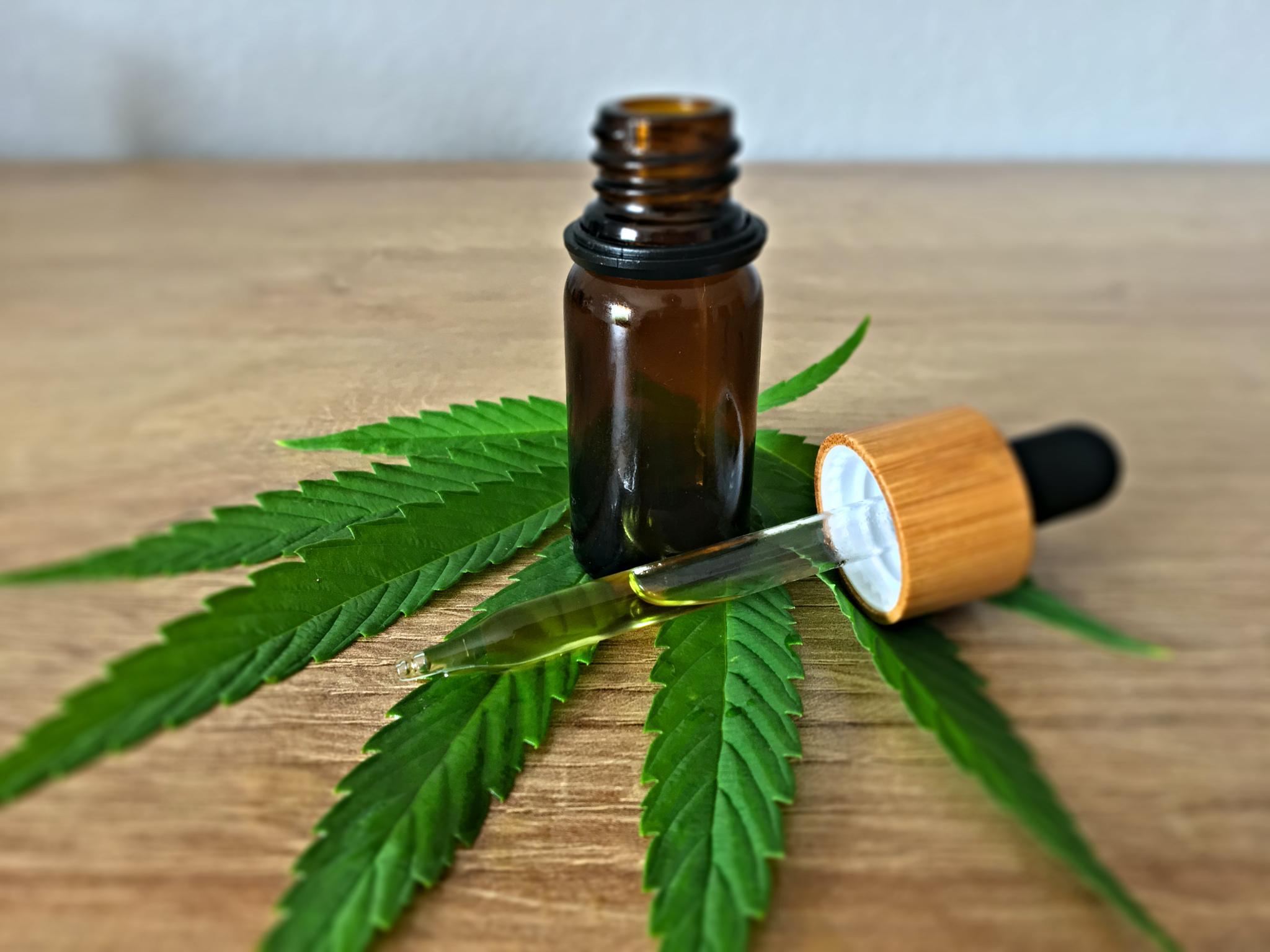
This article was originally published on The Cannabis Community and appears here with permission.
Marijuana has been around for centuries and has long been used to treat a wide variety of illnesses. In fact, it was only made illegal in the early 20th century. But in the past few decades, there’s been a resurgence of interest in marijuana as a potential treatment for a wide range of diseases and ailments.
With more and more states legalizing medical marijuana, more people are exploring the idea of medical marijuana as a treatment, and they want to know the answer to two questions: What is it, and how does it work?
In this article, we’ll discuss what medical cannabis is, how it is used, and its potential advantages and risks.
Defining Cannabis
Regulators, businesses, and just about everyone in the industry spends a lot of time and energy categorizing cannabis plants and depending on which categories they fall into, the plants can be legal or not, medical or recreational, etc.
Marijuana or Hemp
Officially, hemp isn’t marijuana, and marijuana isn’t hemp. Hemp and marijuana are both species of Cannabis sativa L plant with chemical compositions that are similar but not identical.
The psychoactive ingredient delta-9-tetrahydrocannabinol — or THC as it is more generally known — is one of the most significant differences between industrial hemp and marijuana. Marijuana normally has a THC content of 3% to 15% or higher, but industrial hemp has a THC content of less than 0.3%. Legally, in the United States, any Cannabis sativa L plants with more than 0.3% delta-9-THC are not hemp.
Hemp plants are legal in all 50 states, and most CBD products contain CBD produced from hemp plants. On the other hand, anyone producing hemp must be able to demonstrate on demand that their plants contain less than 0.3% THC, making them legal to grow without a special marijuana growing license.
CBD or THC
Cannabinoids are a group of compounds found in cannabis plants. The significant compounds used in cannabis are delta-9-tetrahydrocannabinol (THC) and cannabidiol (CBD). Each has a distinct impact on the body.
THC is an active component that has a psychological impact. THC produces a mind-altering “high” when it is smoked or cooked with and then eaten. This is because when heat is applied to it, THC breaks down and is absorbed into the body.
As opposed to THC, CBD does not have any intoxicating properties. When it is consumed, it does not affect the user’s mental state. However, it has the potential to cause big changes in the body.
What is Medical Cannabis?
Medical Cannabis or medical marijuana refers to Cannabis Sativa L derivatives that are used to treat symptoms related to certain illnesses and medical diseases.
Medical cannabis has been shown to have anti-inflammatory and antioxidant properties. Cannabinoids are also believed to interact with the body’s endocannabinoid system. This is a brain-body communication system that affects mood, memory, sleep, and appetite.
Cannabis Sativa L is the same plant that is used to manufacture recreational marijuana, a recreational narcotic that is illegal in most states and territories. However, legal medical cannabis should not be confused with recreational cannabis. People use medical cannabis to alleviate symptoms of their medical conditions and not to get high. Medicinal cannabis products can only be obtained lawfully from a dispensary with the use of a medical marijuana card provided by a doctor or healthcare provider.
Medical cannabis is available in several forms, including:
- Liquid
- Pill
- Oil
- Balms
- Powder
- Dried Leaves
Each state regulates how and where medical marijuana can be purchased. Your dose and frequency of use will be determined by its form and your symptoms. You administer the medical cannabis product yourself once you get it. Depending on which type you use, your symptom relief and side effects will differ. Inhaling the vaporized form produces the fastest results. The pill form has the most gradual onset and generally the longest experience.
Is Medical Cannabis Legal in the U.S.?
The U.S. federal government makes no distinction between medical and non-medical cannabis. It has been declared a Schedule I Controlled Substance, making it illegal to manufacture, distribute, or possess. The U.S. Drug Enforcement Administration (DEA) declared that marijuana and its derivatives are unsafe because of their effects on the human body. In 2011, the Department of Health and Human Services said that marijuana has medicinal value but does not meet the requirements for Schedule I status because of a lack of medical evidence. CBD extracted from hemp plants (less than 0.3%THC) is, on the other hand, allowed under federal law.
State marijuana laws are superseded by federal marijuana laws. As a result, even in jurisdictions where marijuana usage is allowed, you may be detained and prosecuted for possession.
Is Medical Cannabis Legal in Your State?
States vary in their laws, regulations, and program requirements. As of May 2022, medical marijuana is legal in these states:
Alaska, Alabama, Arizona, Arkansas, California, Colorado, Connecticut, Delaware, Florida, Hawaii, Illinois, Louisiana, Maine, Maryland, Massachusetts, Michigan, Minnesota, Mississippi, Missouri, Montana, Nevada, New Hampshire, New Jersey, New Mexico, New York, North Dakota, Ohio, Oklahoma, Oregon, Pennsylvania, Rhode Island, South Dakota, Utah, Vermont, Virginia, Washington, and West Virginia.
In addition, the District of Columbia, Puerto Rico, Guam, the Northern Mariana Islands, and the US Virgin Islands have all legalized medical marijuana.
Where Can I Use Medical Cannabis?
Medical cannabis can be used to treat a variety of conditions, including pain, spasticity, chemotherapy-induced nausea and vomiting, cancer, HIV/AIDS, and glaucoma. There is some evidence that it may also help to reduce the severity and frequency of some types of seizures and is used to help people sleep.
In addition to its use for medical purposes, cannabis is sometimes used recreationally by people who perceive it to have therapeutic benefits but who do not qualify for a medical marijuana program, either because of the state they live in or which conditions they are soothing with its use. The legal status of marijuana in the United States is complex and changing. However, with the recent legalization of medical marijuana in some states and the decriminalization of small-scale possession of marijuana in others, the number of states permitting medical marijuana use, and the number of people who use it, are increasing.
Is Medical Cannabis Effective?
Although the use of medical cannabis for medically approved conditions has been described by the FDA as “off-label,” there is not yet any definitive evidence to substantiate claims about its effectiveness in treating or managing a particular condition.
A 2022 review of the evidence on the therapeutic use of medicinal cannabis concluded that there was insufficient evidence to support or refute the use of medical cannabis for treating any specific medical condition. The review also noted that the available evidence did not support the use of medical cannabis in patients with symptoms of chronic pain (primarily neuropathic pain and osteoarthritis), multiple sclerosis, and amyotrophic lateral sclerosis. As noted by the authors, the evidence for the effectiveness of herbal cannabis in the treatment of various conditions is quite limited.
Is Medical Cannabis Safe?
Medical marijuana should only be used by people with medical cards after consulting their doctors. One concern is that medical marijuana might not relieve symptoms and may be likely to have side effects or interactions with other drugs
Patients should be advised of potential medical risks of using medical cannabis. Using cannabis for medical purposes carries the risk of adverse reactions, including dependence, misuse, abuse, and addiction. Potential adverse events of use include respiratory depression, hypotension, sedation, and anxiety. The risk of dependence on cannabis is relatively low when it is prescribed on an as-needed basis for patients with a stable medical condition but can be higher in individuals with a history of substance abuse.
The risk of abuse is higher in patients who are not using cannabis under the supervision of a physician. It is possible to minimize the risk of misuse of medical cannabis by conducting a thorough assessment of the patient, discussing the risks and benefits of medical cannabis use, and requiring a patient’s consent to utilize cannabis under physician supervision.
Patients should also be advised to quit smoking before using cannabis if they wish to prevent addiction.
How safe or dangerous cannabis is, like practically everything else about it, is still up for debate. A primary care physician must consider if cannabis is safer than the alternatives. Medication risks must be weighed first against cannabis safety issues.
How Do I Get a Medical Cannabis Prescription?
Primary care physicians may recommend medical marijuana, depending on the health condition of the patient. Symptoms that prohibit a patient from carrying out daily tasks or endanger their safety or mental or physical health are included.
How to Obtain a Medical Cannabis Identification Card?
Patients must consult their primary care physician before applying for a medical marijuana card. Their doctor will assess if it is necessary for their health condition and will discuss any potential risks or side effects with them. Their doctor must prescribe medical cannabis in order for them to obtain a medical cannabis ID card.
While each state’s procedure differs, most will require patients to register for the state’s medical marijuana registration, which they can likely accomplish online. They will be required to produce proof that their doctor has approved medicinal cannabis for the treatment of their symptoms as part of the registration process.
Making an account keeps the patient’s information in case they ever need to renew their medical marijuana card. If applying for a card alongside a caregiver, they’ll need to provide their caregiver’s information as well.
The official state medicinal marijuana card will almost certainly require payment. Its pricing varies by state, and it can be paid online. Medical marijuana can be purchased once they get their card.
Where Can I Buy Medical Cannabis?
Medical cannabis is available at approved dispensaries in different states. Depending on the state, possessing a card may allow a patient to purchase cannabis products with higher THC levels or in larger amounts. They may even be allowed to cultivate marijuana plants in their homes for personal use, depending on their condition and the state.
Medicinal marijuana products may be administered by the patient or a caregiver, provided they are designated on the card.







